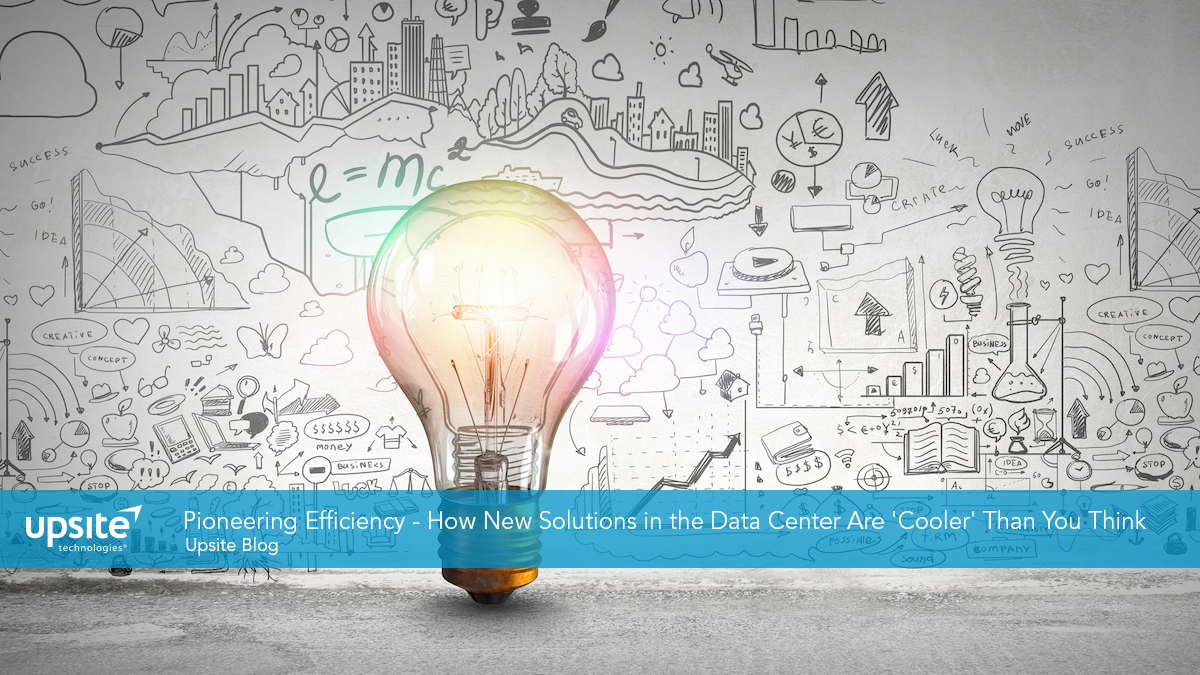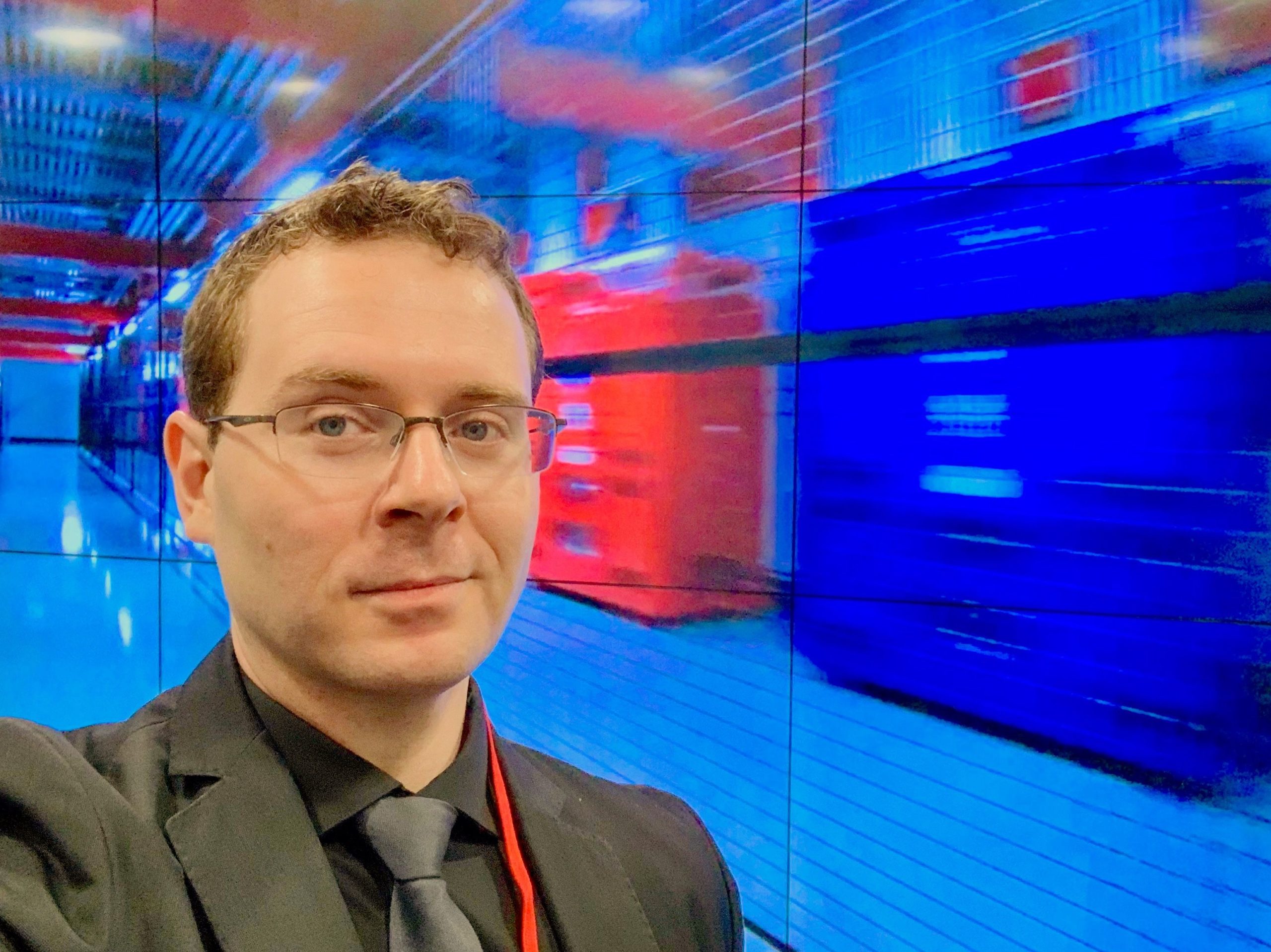Pioneering Efficiency – How New Solutions in the Data Center Are ‘Cooler’ Than You Think15 min read

In working with numerous different types of customers, I’ve seen the data center continue to evolve. In fact, many things are changing. I’m seeing new DCIM solutions around machine learning, greater integration with underlying infrastructure components, more use-cases leveraging data center resources, and emerging technologies changing the way we design data centers for efficiency.
Through it all, there’s always been one constant: The data center has to breathe.
Airflow management (AFM) is more critical today than when we first started deploying data center solutions. AFM helps things operate optimally, keeps the PUE down, increases cooling capacity and improves the overall cost control mechanisms of your data center. That is, next-generation efficiency translates to lower total operating costs.
A recent Transparency Market Research report points out that the explosion in the amount of data generated has led to the growth of data centers globally. However, the major problem data center owners and operators face is the need for additional cooling capacity as the present systems do not offer adequate temperatures at the data equipment inlets. But in most cases, the problem is not one of insufficient cooling capacity, but of poor air flow management. Airflow management involves directing and blocking of conditioning and exhaust air by using multiple devices such as supply tiles and grills, grommets, blanking panels, containment, and more.
The primary aim for using airflow management solutions is essentially to improve and maintain the required cooling temperature while also improving the efficiency of the data center. So, adopting effective airflow management strategies results in two progressive variations. First, by decreasing the volume of air that needs to be supplied, less energy is used for data center cooling fans. Secondly, the distribution of temperature across all cabinets is vastly improved.
So, what’s causing this rapid growth regarding increased AFM requirements? As the report indicates, the main drivers for growth of the global airflow management market is due to rapid increase in demand for cloud-based solutions which has in turn led to the growth in the number of data center solutions globally. Other key reasons revolve around the demand for greener data centers, globally. The increasing demand for data center chains currently implementing efficient cooling techniques is helping the overall growth of the airflow management market. In fact, the latest Markets and Markets report tells us that the airflow management market was valued at USD 419.8 Million in 2016 and is expected to reach USD 807.3 Million by 2023, at a CAGR of 9.24% between 2017 and 2023.
So, let’s switch gears a bit and go into the concept of ‘pioneering efficiency.’ What are some great, and sometimes overlooked, strategies to create more efficient data centers with better temperature profiles? Consider the following three solutions:
- Free cooling. The goal of free cooling and next-generation airflow management isn’t only to help save costs – the goal is to create a more efficiently run data center environment. Gartner goes on to define free cooling as any technique used to reduce the energy consumed by cooling systems or the time that the cooling units run by using the outside temperature of air or water to cool the data center or other facilities. Generally, it comes from the use of air-side and water-side economizers. From there, air-side economizers work in two ways. Mainly, they use direct fresh-air cooling by filtering (and possibly adjusting the humidity of) outside air, which is piped in to cool the data center. In cold climates, it may even be warmed by the hot air being expelled, so as not to be too cold. Air-side economizers can also work without bringing direct air into the data center, but by heat transference from warmer inside air to cooler outside air. Here’s the reality: free cooling can offer impressive energy cost savings for data centers. Furthermore, several available methods of free cooling provide data center operators with the opportunity to select the option that best meets their specific system requirements. Something to consider if you haven’t looked at this already.
- Liquid cooling. According to Stratistics MRC, the Global Data Center Liquid Cooling market was estimated at $0.64 billion in 2015 and is expected to reach $3.56 billion by 2022 growing at a CAGR of 27.7% from 2015 to 2022. Rising need for eco-friendly solutions and increasing density of server rack are the key drivers fueling the market growth. With overall efficiency in the 95% range for your server resources, liquid-cooled computing can markedly enhance your data center’s PUE, while drastically reducing operating expenses. There are a lot of benefits in leveraging next-gen liquid cooling solutions. For example, you get enhanced reliability and blade-like ease-of-use, and you can remove stranded power – no need to provide power for fan energy at maximum speed (which can be 15-20% of IT load). This is a technology you should definitely consider.
- The ‘Lego’ approach to data center AFM efficiency. There are some really cool new solutions out there that can be inserted right into an existing data center design. Literally, almost like a ‘Lego’ approach to creating data center efficiency. Magnetic additions, like rack panels, can be easily integrated to improve airflow and efficiency. Other solutions can make retrofitting a data center much easier as well. You don’t have to go through a forklift operation to gain some powerful AFM benefits. Honestly, this is one of my favorites and easiest to adopt. I’d absolutely look into these types of solutions so that you don’t have to make major data center changes to gain efficiency benefits.
Here’s the other big piece of advice… don’t get complacent. Too often we get into a lull; happy with our data center without really understanding that there are greater levels of efficiency we can leverage. As data center leaders, we must constantly strive to support our business, new initiatives in technology, and ensure good user experiences. Remember, truly competitive organizations can break down barriers between data center, IT and the business. This engine not only cooperates and works together, it strives to find new areas to create better levels of efficiency. Ultimately, everyone wins.

Bill Kleyman
Industry Analyst | Board Advisory Member | Writer/Blogger/Speaker | Contributing Editor | Executive | Millennial
Bill Kleyman is an award-winning data center, cloud, and digital infrastructure leader. He was ranked globally by an Onalytica Study as one of the leading executives in cloud computing and data security. He has spent more than 15 years specializing in the cybersecurity, virtualization, cloud, and data center industry. As an award-winning technologist, his most recent efforts with the Infrastructure Masons were recognized when he received the 2020 IM100 Award and the 2021 iMasons Education Champion Award for his work with numerous HBCUs and for helping diversify the digital infrastructure talent pool.
As an industry analyst, speaker, and author, Bill helps the digital infrastructure teams develop new ways to impact data center design, cloud architecture, security models (both physical and software), and how to work with new and emerging technologies.







0 Comments